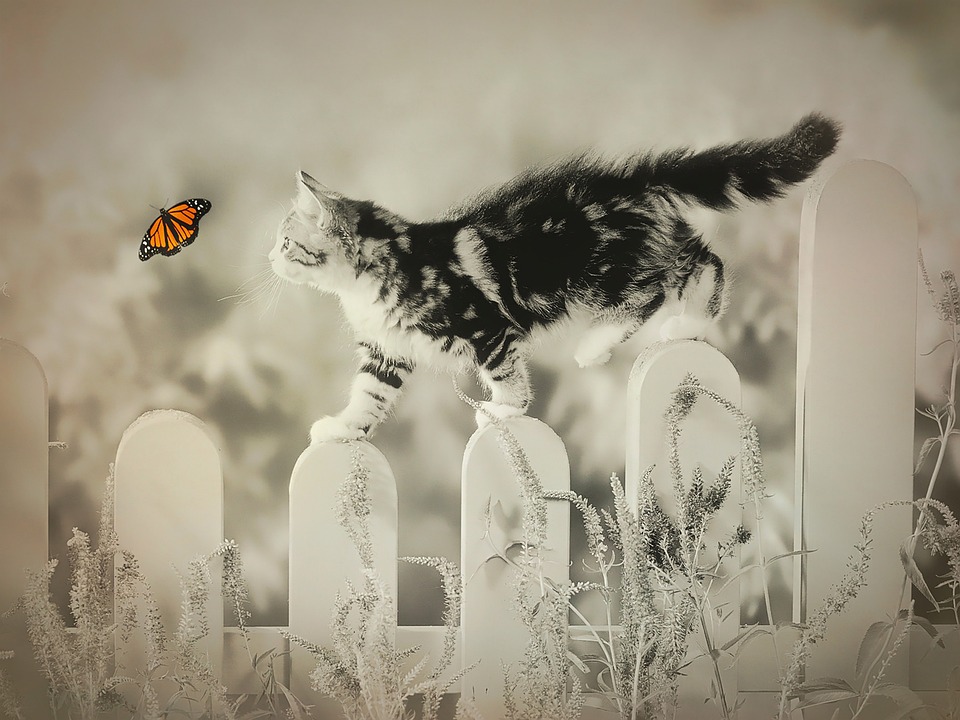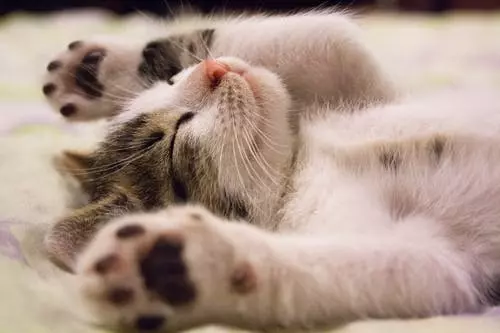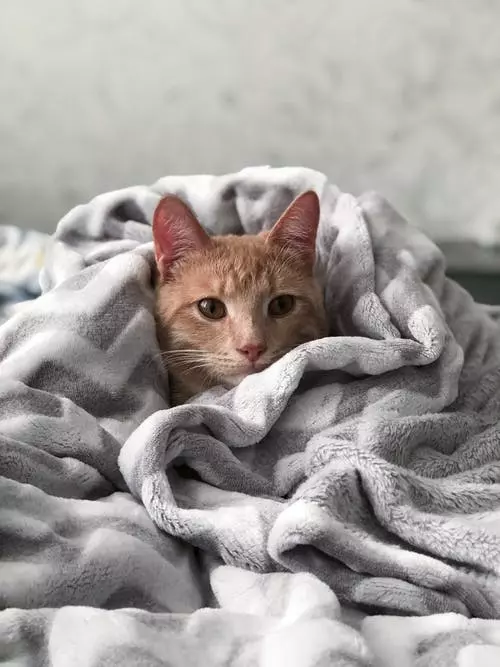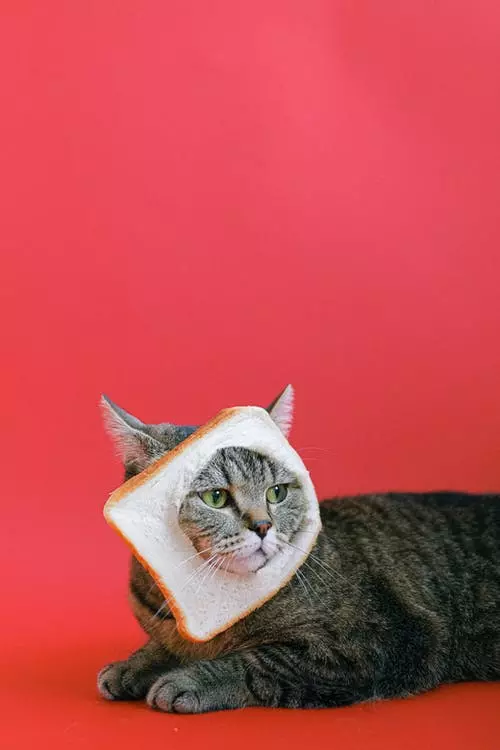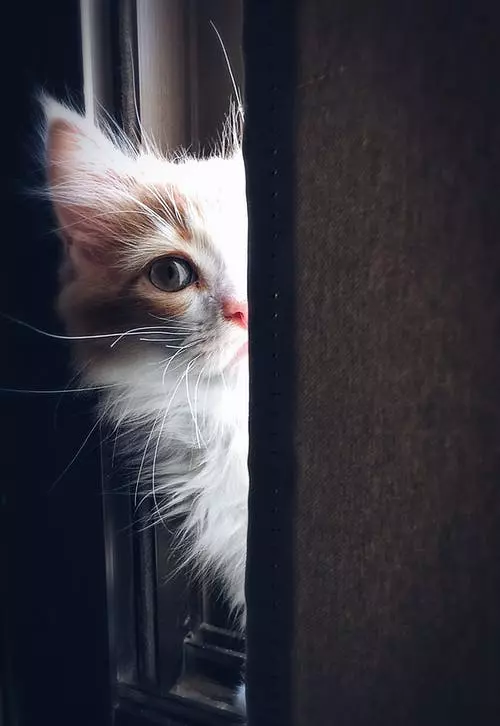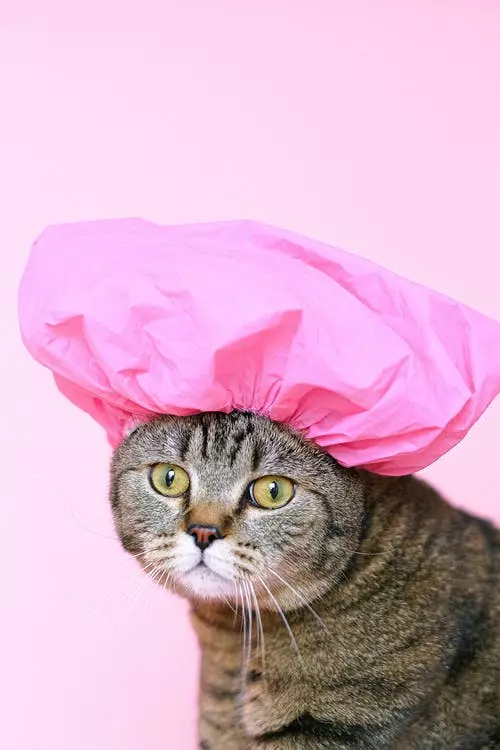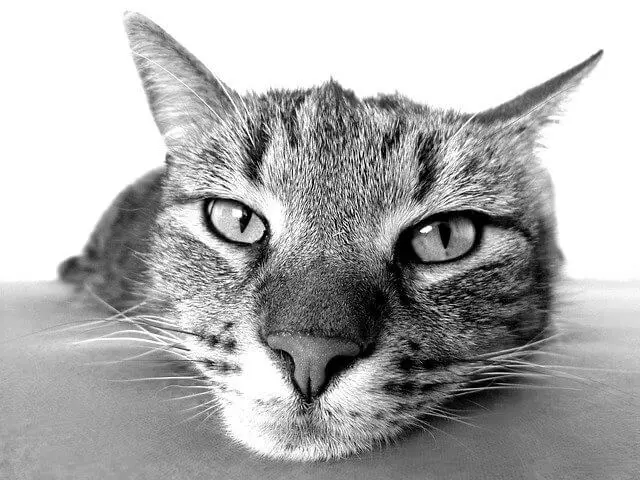Welcome to The Art of Knotting: A Guide to Mastering Rope Techniques! In this comprehensive cat training article, we will explore the fascinating world of knotting and how it can be applied to train your feline companion. Whether you’re a beginner or an experienced cat owner, mastering these rope techniques will not only provide mental stimulation for your cat but also strengthen your bond. Let’s dive in!
Understanding the Importance of Knotting in Cat Training
Knotting plays a crucial role in cat training for several reasons. Firstly, it enhances agility and coordination in cats. By incorporating knotting techniques into their training, you can help improve your cat’s balance and motor skills.
Secondly, knotting provides mental stimulation for cats. These intelligent creatures thrive on mental challenges, and training with knots can offer them a fun and engaging activity. It keeps their minds active and prevents boredom.
Lastly, knotting allows you to create a safe and controlled environment for your cat. By utilizing specific knots, you can ensure that your cat remains secure during training exercises, such as leash training or agility courses.
Essential Knots for Cat Training
To effectively train your cat using knots, there are several essential knots that you should become familiar with.
The Slip Knot is a versatile knot that provides quick and adjustable control during training. It allows you to have a gentle and secure hold on your cat, making it ideal for leash training and controlled walks.
The Figure-Eight Knot is another important knot for cat training. It promotes balance and coordination as your cat navigates through agility exercises. Additionally, it ensures proper weight distribution on obstacles, minimizing the risk of injury.
The Bowline Knot is perfect for creating secure loops for climbing and perching. It allows easy release once the training is complete and safely secures your cat’s harness or leash.
The Clove Hitch is useful for anchoring ropes to stable objects. It comes in handy when creating scratching posts and perches, as it ensures stability during climbing and jumping exercises.
Step-by-Step Guide to Training Your Cat with Knots
Now that you know the essential knots, let’s discuss how to train your cat using these techniques.
Start by introducing the knots to your cat gradually. Familiarize them with the ropes and knots in a positive and rewarding manner. Use treats and praise to create a positive association.
Once your cat is comfortable with the ropes and knots, move on to leash training. Choose a suitable leash and harness, and teach your cat to associate the leash with positive experiences. Use the slip knot for controlled walks, ensuring that your cat remains safe and secure.
Next, move on to agility training. Create an obstacle course using the figure-eight knot, and encourage your cat to navigate through tunnels and jumps. Incorporate positive reinforcement techniques to motivate your cat and make the training sessions enjoyable.
Creating vertical spaces is also important for your cat’s well-being. Use the bowline knot to secure perches and climbing posts. Introduce your cat to vertical spaces gradually, and reward them for using the designated areas.
FAQs (Frequently Asked Questions)
Q1: Can I train an older cat using these rope techniques?
Yes, cats of all ages can be trained using these techniques. However, older cats may require more patience and a slower training pace.
Q2: Is it safe to leave my cat unattended on a rope perch?
While rope perches can be secure, it’s always best to supervise your cat when they are using them. This ensures their safety and prevents any accidents.
Q3: How long does it usually take for a cat to learn these knotting techniques?
The learning pace varies for each cat. Some cats may pick up the techniques quickly, while others may take more time. It’s important to be patient and consistent with the training.
Q4: Can I use any type of rope for cat training?
It’s recommended to use ropes specifically designed for cat training. These ropes are typically made of high-quality materials that are safe for your cat to use.
Conclusion
Mastering rope techniques for cat training offers numerous benefits, from enhancing your cat’s physical abilities to providing mental stimulation and strengthening your bond. By using essential knots like the slip knot, figure-eight knot, bowline knot, and clove hitch, you can create a safe and controlled environment for your feline friend to learn and explore. Remember to introduce the knots gradually, use positive reinforcement, and have patience. Happy training!

